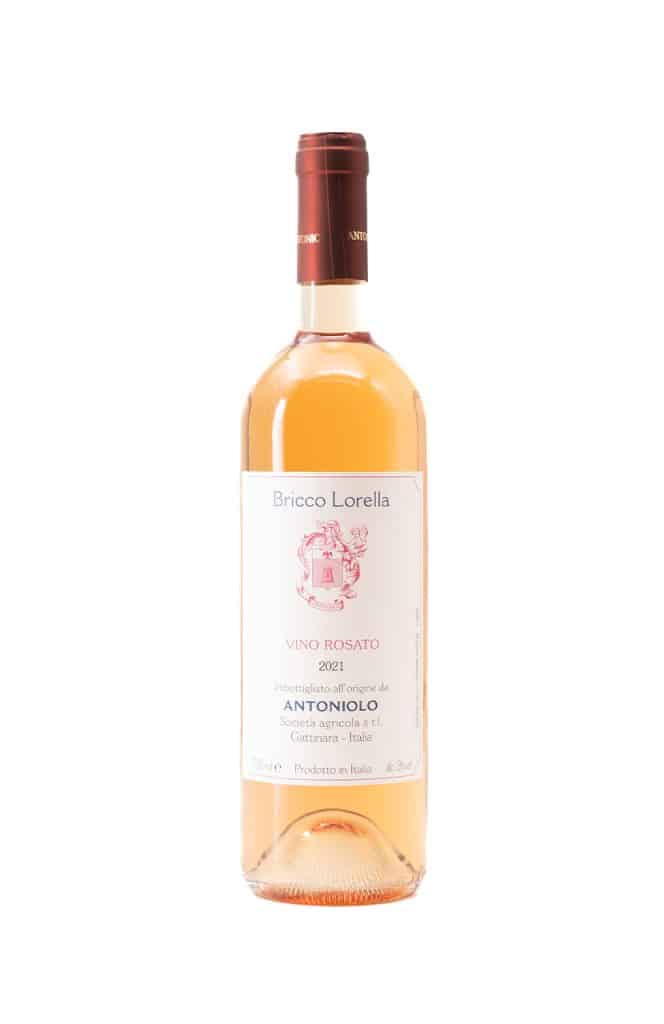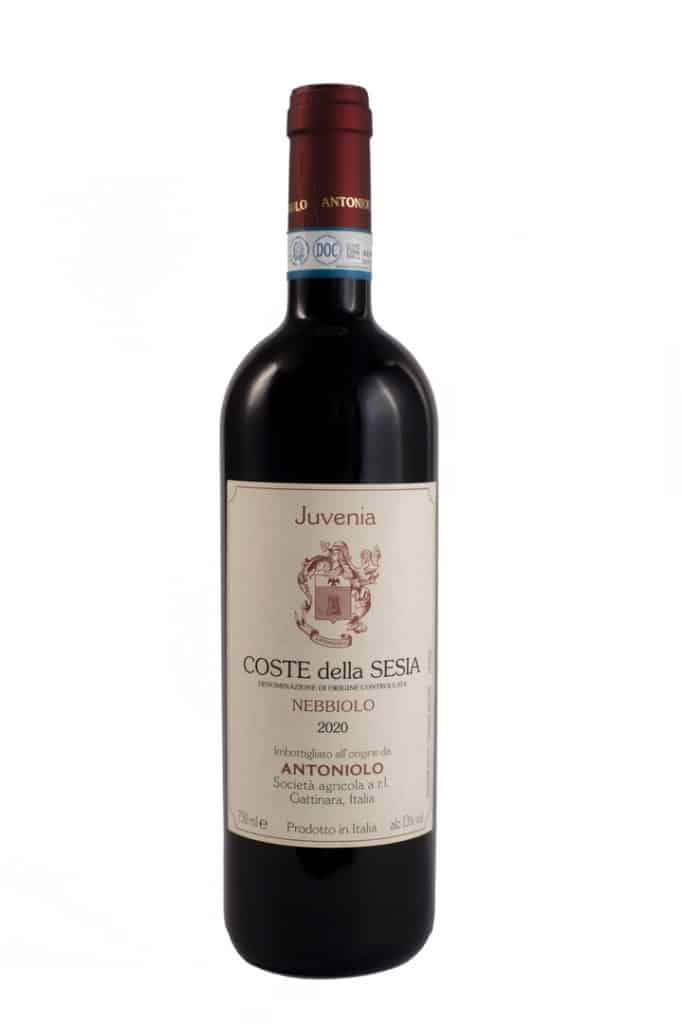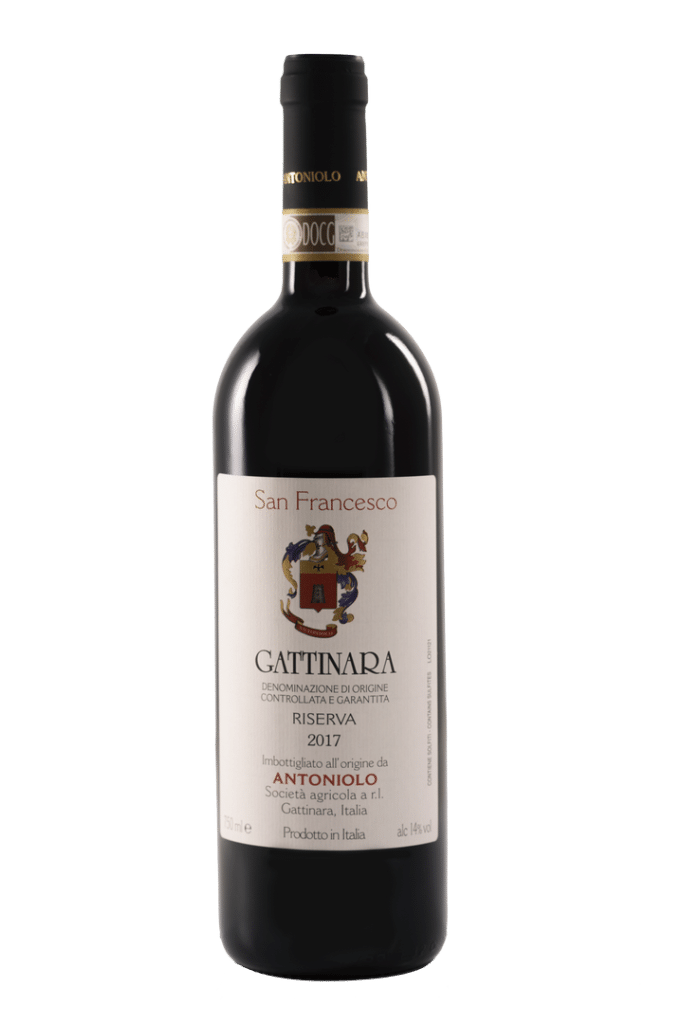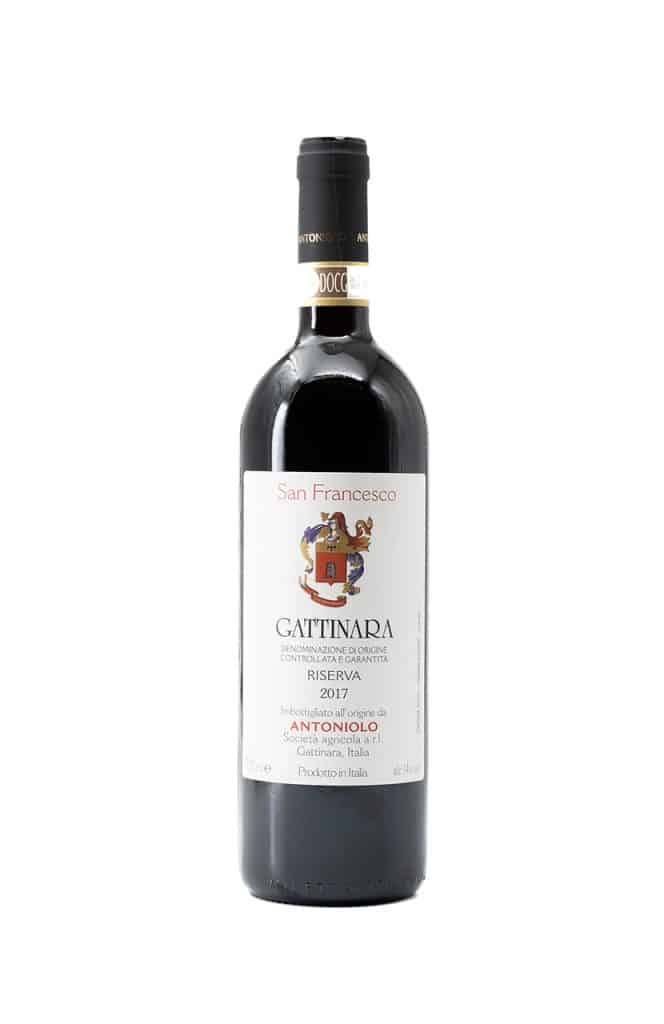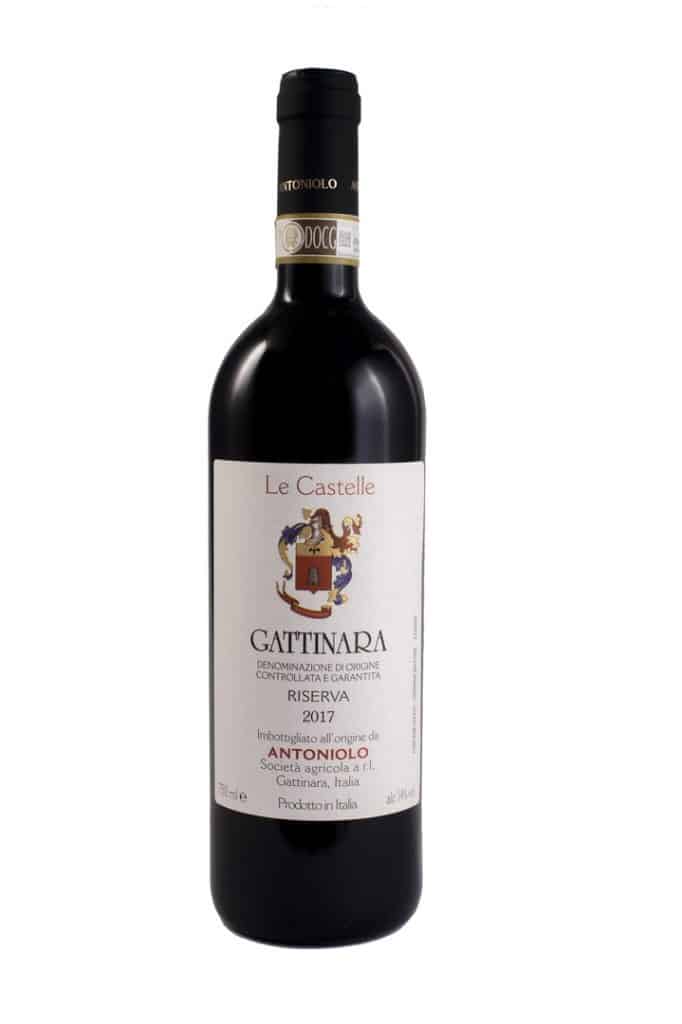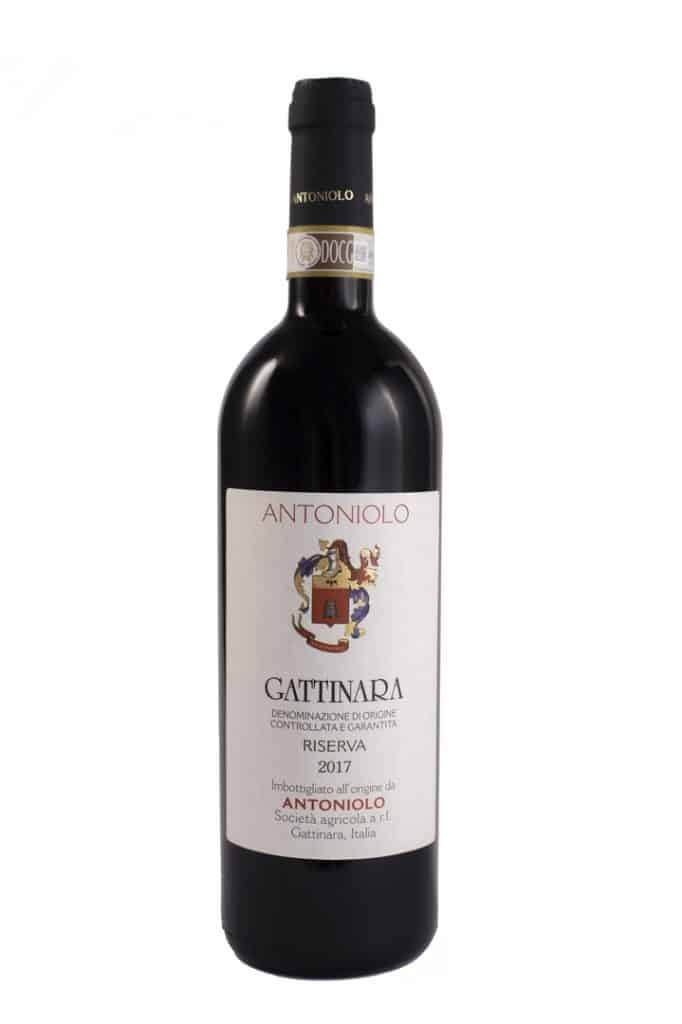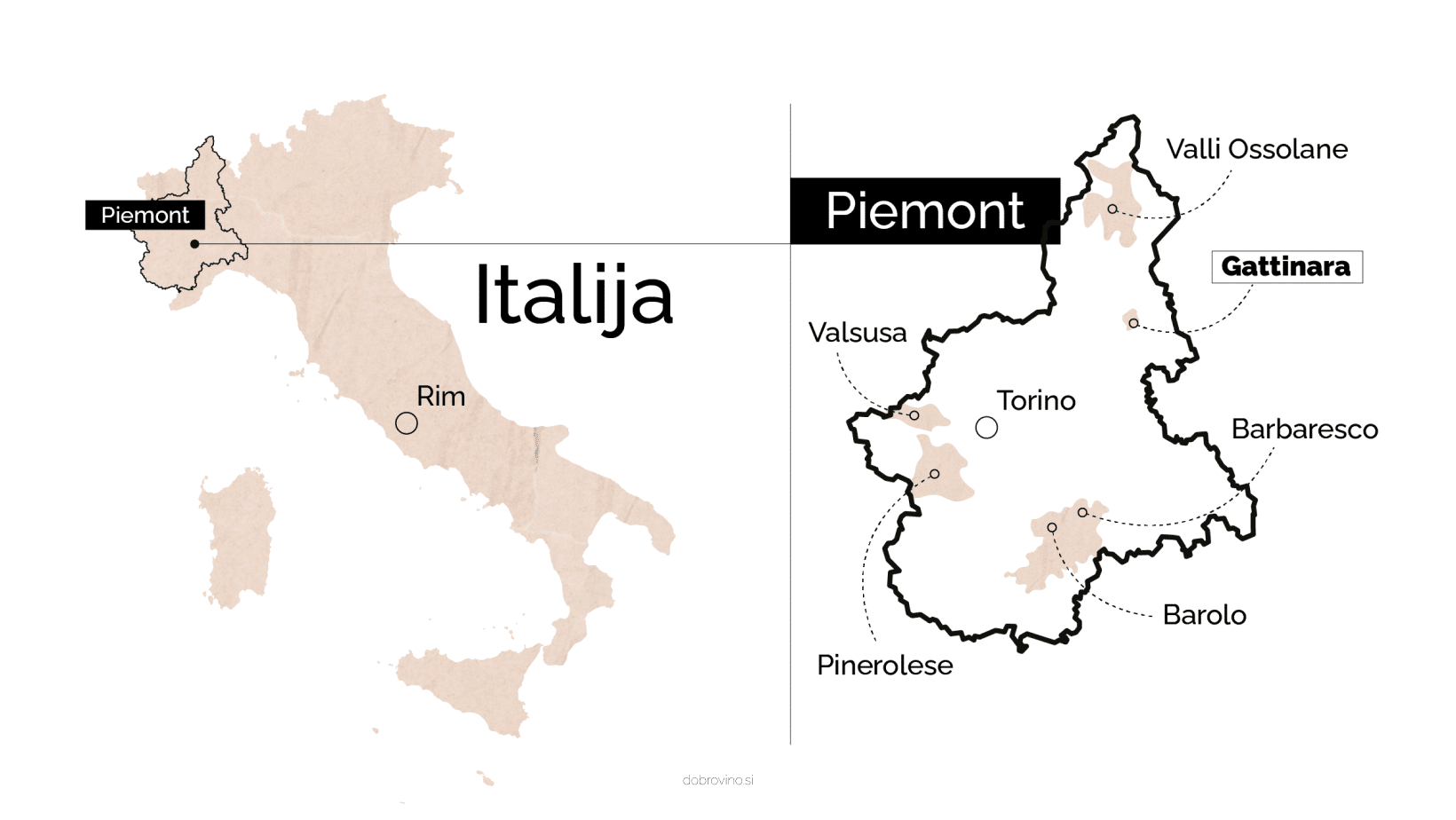
SHORT & SWEET
Whether you are a seasoned wine lover or a wine curious person reading this article - it is imperative to mention that Piedmont is a great region to enjoy Italian wines! The varieties here are unique and characterful, from nebbiole to corteseia.
Important facts about Piedmont:
- White or red wines? Red!
- The king of red varieties: nebiollo. It has been mentioned since the Middle Ages!
- Culinary, unique and characterful redheads.
- When you least expect it, the wine is on you like a ballet dancer.
If you want to explore the wines of Piedmont, the wines of the appellation are Gattinara definitely worth a try. It is a wine that embodies the spirit of Piedmont and is a testament to the skill and dedication of the region's winemakers. More below.
LET'S DIG DEEPER ...
Benvenuto in Italia, benvenuto in Piemonte!
A wine-growing and historically important hill country in the north-western part of Italy, surrounded by the high Alps. A cool Alpine climate mixed with a touch of the Mediterranean and mamma mia, that's where the good wines come from!
What makes Piedmont hill wine different from other wines? Two main features influence the weather in Piedmont: the cold Alps and the warm Mediterranean. Temperature changes cause the whole area to be filled with morning fog, which slowly disappears during the day. The most characteristic variety, Piemonte nebbiolo, is named for this reason, la nebbia means fog in Italian.
So the country gets more sun high up in the hills. And as we already know: more sunshine = happy grapes = good wine.
Barolo and Barbaresco are the flag-bearers of Piedmontese wines. Excellent wines, but other appellations with very good wines should also be highlighted. One of these is Gattinara.
FOR IMMEDIATE RELEASE
Unlike other Piedmontese wines, Barolo and Barbaresco are named after the villages they come from. The other wines are mostly named after grape varieties, e.g. barbera, bracheto, bolcetto, moscato, nebbiolo. Adding the designation of the area to the name, e.g. barbera d'Asti, means that the grapes come from a specific area and are generally of a higher quality.

EXPLORING THE PIEDMONT FROM THE LOWLANDS TO THE MOUNTAIN PEAKS
Piedmont is located in north-west Italy, bordering France, the Aosta Valley, Switzerland, Lombardy, Liguria and Emilia-Romagna.
To the north-east, close to the Sesia river basin and its outlet into the Po plain, is the small appellation of Gattinara, which lies on an old bedrock of Mesozoic rocks and Permian volcanics. It is overlain by loose and fertile soils of glacial origin.
Gattinara is a small town located in the province of Vercelli, close to the border with the Lombardy region, at an altitude of 260 metres above sea level. The area is famous for its wine production Gattinara, red wine made from the nebbiolo grape variety. The wine is produced in the hilly area surrounding the town and is known for its complex flavours and aromas. It is distinguished by DOCG (Denominazione di Origine Controllata e Garantita), the highest level of quality recognition for Italian wines.
Gattinara DOCG is wine made with care. The grapes are hand-harvested and carefully selected for further processing. The wine is matured in oak barrels for at least two years, or three years if it is a riserva, which gives it its distinctive flavour.
If you want to explore the wines of Piedmont, Gattinara is definitely a wine to try. It is a wine that embodies the spirit of Piedmont and is a testament to the skill and dedication of the region's winemakers. Whether enjoyed on its own or paired with food, Gattinara is a wine that is sure to leave a lasting impression. Recommended Gattinara DOCG Riserva 2017, Antoniolo 42.00 €
REFERENCE GATTINARE - ANTONIOLO WINERY
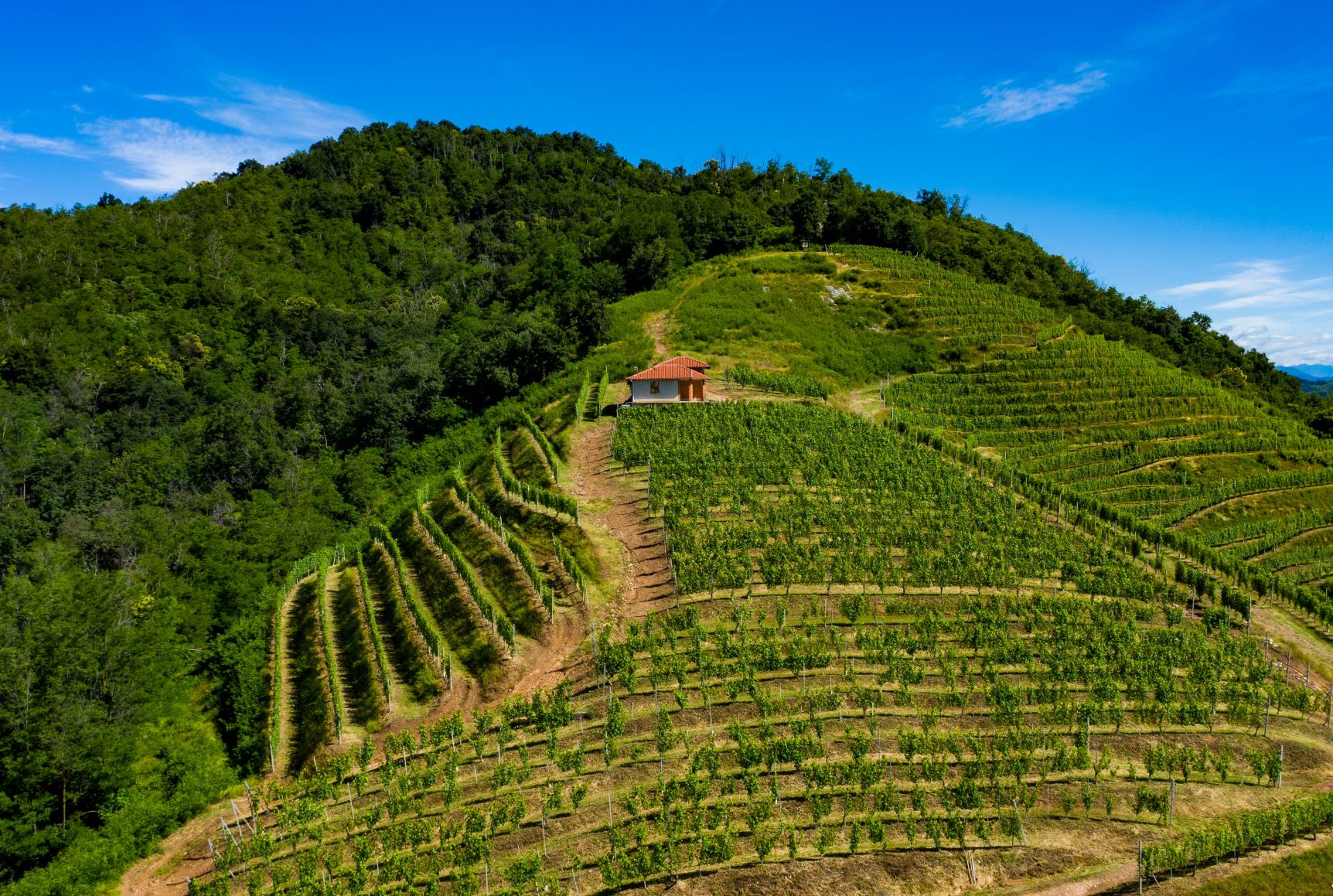
GORE
The name Pedemontis also refers to the Savoyard territory, which lies at the foot of the mountains between the rivers Po, Sangone and Dora Riparia. The wine-growing areas can be divided into three concentric zones. The most remote is the Alpine and Apennine zone, which covers approximately 43 % of the region's total area. Some landforms are part of this system, such as the ancient rocks of Biella and Canavese and others of marine origin, for example in Rivoli, at the mouth of the Susa valley, and in Ivrea.
HRIBI
In the central part there is a large hilly area covering about 30 % of the territory, including the wetland Monferrato, zone Roerolocated on the other side of the river Tanaro, and the wetting Langhe, hilly areas whose altitude exceeds 800 metres (Alta Langa and Bassa Langa).
Vines such as Barbera, Grignolino and Freisa are grown in the lower Monferrato, while Dolcetto and Cortese are grown in the upper Monferrato.
To the right of the river Tanaro, in the province of Cuneo, also in the Tertiary basin, is an area of Barbaresco between the municipalities of Treiso, Neiva and Alba.
In the south, between 250 and 500 metres above sea level, an area opens up Barolo with medium-high hills, sunny and sheltered from northerly winds. On the left bank of the Tanaro River lies Roero, with a characteristic sequence of clays, marls and sands of Miocene and Pliocene origin, where the varieties nebbiolo, arneis and cortese are grown.
LOWER DISTRICTS
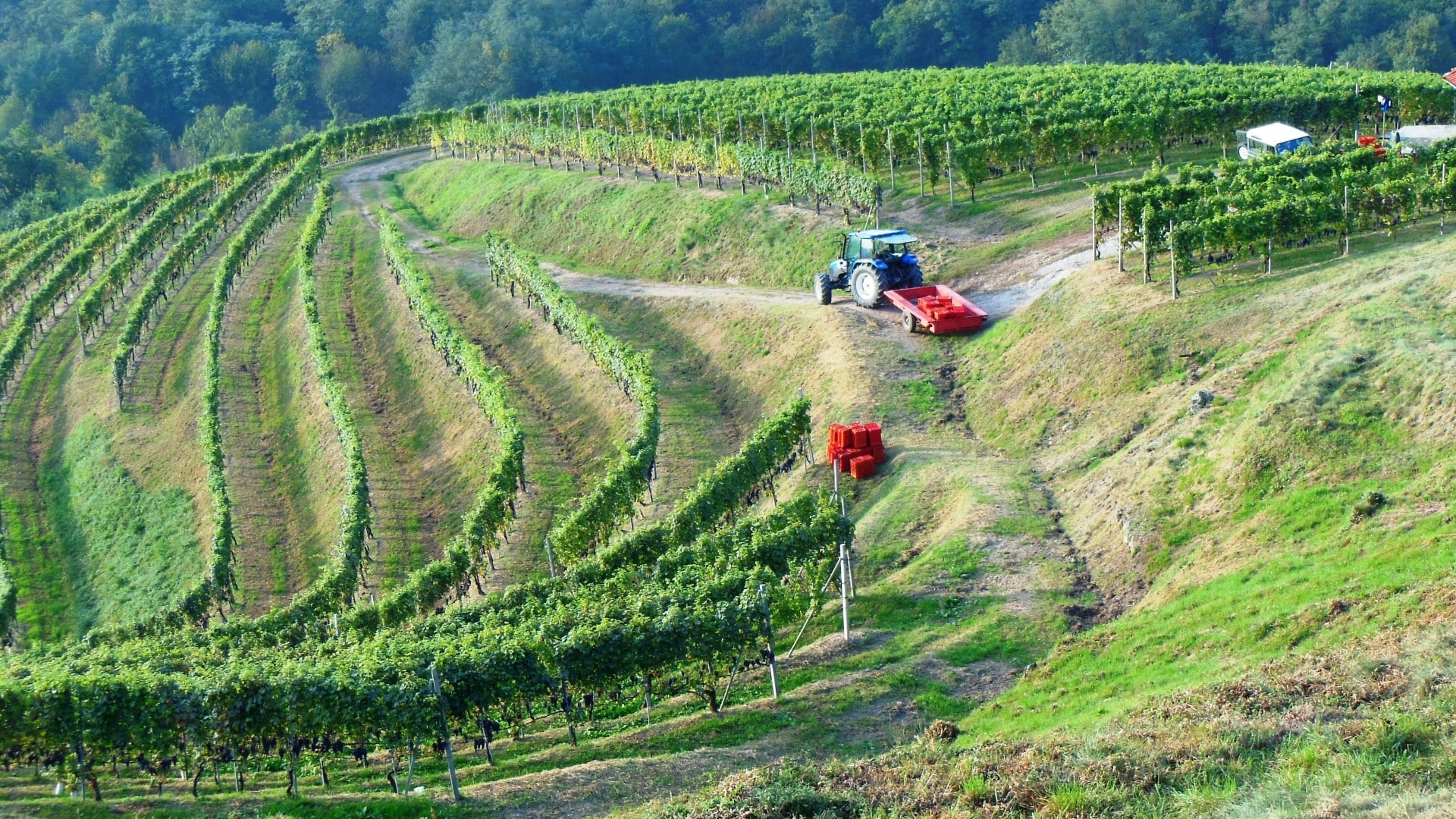
The third area is the plain area, which is located in the eastern part of the region and covers approximately 26 % of territory. It is crossed by some of Italy's most important rivers, including the Dora Riparia, the Dora Baltea, the Sesia and the Ticino, as well as tributaries to the left of the Po, including the moraines, which are so important for viticulture in the region.
The right tributaries of the Po, including the Tanaro, Bormida and Scrivia, cross a part of the hilly area which, unlike the others, is not covered by glaciers.
In the narrow strip of hills between the mouths of the Dora Baltea and Sesia rivers, there are ultrabasic green rocks, followed to the east by Permian porphyries and Mesozoic sedimentary formations. The Boca, Bramaterra and Bramaterra areas were formed on this rocky bedrock, overlain by fluvio-glacial deposits, Gattinara and Ghemme.
In the lower Piedmont, the climate is temperate, subcontinental in character, becoming moderately cool or cool as the altitude rises. The lower areas are characterised by cold and fairly wet winters, which generally have little rain, while annual rainfall is higher on the mountain and foothill slopes in the north of the region.
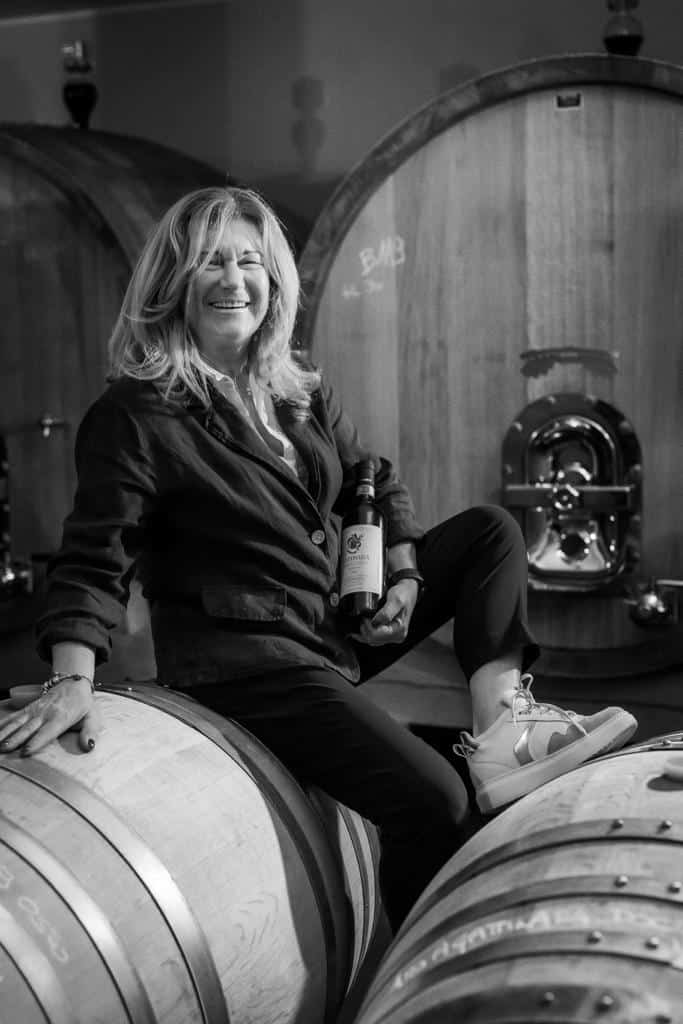
For many, it is Antoniolo the most important reference property in Gattinara, the most famous appellation of Alto Piemonte. Today, the winery is run by a sister and brother, Lorella and Alberto Antoniolo, and was founded in 1948 by their grandfather Mario.
In the 1950s and 1960s, when many Italians fled the countryside to work in the factories of Piedmont, Antoniolo grabbed the best vineyards in the area. By the 1970s, they had an enviable collection of Gattara's top cru, including a monopoly in the Osso San Grato vineyard.
Leta 1974 je Rosanna Antoniolo, Mariova hči in Albertova ter Lorellina mati, sprejela predlog najslavnejšega italijanskega vinskega novinarja Luigija Veronellija in ustekleničila svoji Osso San Grato in San Francesco kot vini iz enega vinograda. Čeprav je nekaj proizvajalcev v Langheju to že počelo, je bilo za Gattinaro revolucionarno. Danes ima posest 14 hektarjev vinogradov, brat in sestra pa sledita strogim smernicam matere pionirke
Fermentation is slow in concrete barrels with indigenous yeasts and all Gattinares are aged for as long as Riserve, even those from the 2015 vintage.
Vineyard management: pest control with low doses of copper and sulphur without the use of chemical fertilisers. Very low doses of sulphur are added to the wine.
And a few more highlights from the world of wine:
"Gattinara's driving force is a quiet, petite 75-year-old grandmother named Rosanna Antoniolo." - Wine Sepctator
"One of the reference points in Gattinara."-Antonio Galloni, Vinous
"Antonio's bottles contain the best of Northern Piedmont's heritage. With a solid structure and only a semblance of dryness, they can survive for decades, while all their greatness becomes immediately apparent." - Gambero Rosso
"Respect for the land and the use of indigenous yeasts are at the heart of the philosophy of the Antoniolo winery, the backbone of the Gattinara denomination.." - Vinodabere.it
PIEMONTE WINES & FOOD
Nebbiolo with well-cooked red meat or aged cheese - every wine lover's wet dream! A good wine opens up and shows itself even better when tasted with the food of your choice.
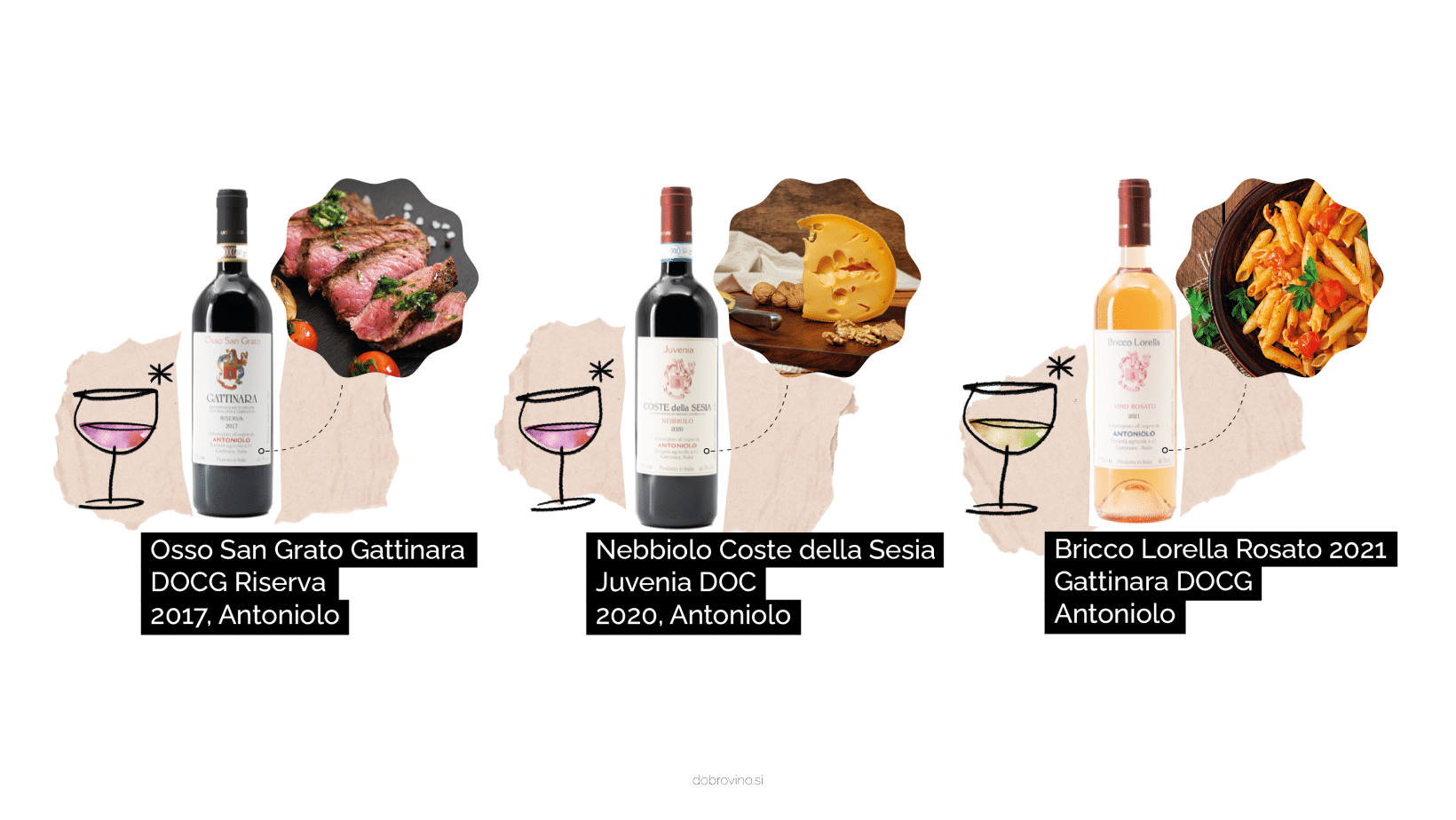
Nebbiolo is recommended with red meat, venison or pork, as well as pasta with more complex sauces and aged cheeses.
Wine cellars Antoniolo recommended with pasta with more complex sauces, alongside aged cheeses, with red meat, game or pork. Rose Bricco Lorella, produced from 100 % nebbiole, will be the perfect accompaniment to pasta, fish, crab and shellfish.
The English expression is "what grows together, goes together". So - experiment! Piedmontese cuisine is rich and full of flavours, matched with strong and tannic wines from the nebbiolo variety.
FOR WINE DRINKERS AND WINE DRINKERS
What does history say?
Historical background Piedmont is a wine-growing region that has experienced cyclical periods of boom and bust over the centuries, but has generally been very vital, largely due to the spread of Christianity in the region. In fact, vineyards have almost always been developed around monasteries and parish churches to meet the needs of the church faithful. The arrival of religious communities in the area slowly began to change the Piedmontese agricultural landscape, resulting in a landscape very similar to the one we know today.
Middle Ages
At the height of the Middle Ages, the Codex Astensis, a collection of medieval chronicles and documents about the fourteenth-century city of Asti, tells us that the city itself was "supplied with good and excellent wine". Chronicles from more or less the same period record the existence of the Nebbiolo vine, and in 1304 Pietro de' Crescenzi, in his 'Trattato dell'Agricoltura', described the excellent vine-growing methods used by the farmers of Monferrato. This was a period in which training spanna become locally recognisable.
In this system, the vines were grown on low, dry stakes and pruned close to the ground. In northern Piedmont, the term 'spanna' has become synonymous with the Nebbiolo grape. Over the years, the historical record of the development of the local wine industry has been enriched by the presence of vines such as Pignole, Lambrusche and Moscatellev, as new municipal regulations increasingly related to the harvesting of grapes and the protection of vineyards, reflecting the growing importance of viticulture in the region.
Awakening viticulture in Piedmont
Around the middle of the 18th century, the Enlightenment began, and a great scientific evolution triggered a profound renewal of agriculture and viticulture. In Piedmont, the plains welcomed the new crops and the vines finally settled in the hills, at the same time moving from chiaretti and sweet wines to wines that may be the ancestors of those we know so well today.
But it was not until the 19th century that viticulture took on a modern look, thanks to Camillo Benso, Conte di Cavour and other Piedmontese noblemen who were dedicated to their vineyards and developed the first ampelographic studies.
In 1873, the first register of purchasers of Nebbiolo grapes was set up in Barolo, and in 1908 the Pro Barolo register was created to identify the systems and methods of production and to demarcate the different areas of origin for growers.
In 1926, a decree was adopted establishing the Consorzio per la difesa dei vini Barolo e Barbaresco, a sign of the need to revitalise the local wine-growing community, which had fallen into a deep crisis, not only economically but also in terms of identity, as a result of the emergence of phylloxera.
That's it, until next time.
WHAT ELSE WOULD YOU LIKE TO READ ABOUT?
Let us know if you enjoyed reading about Piedmont and which wine region you would like to visit next.
See you next blog!



